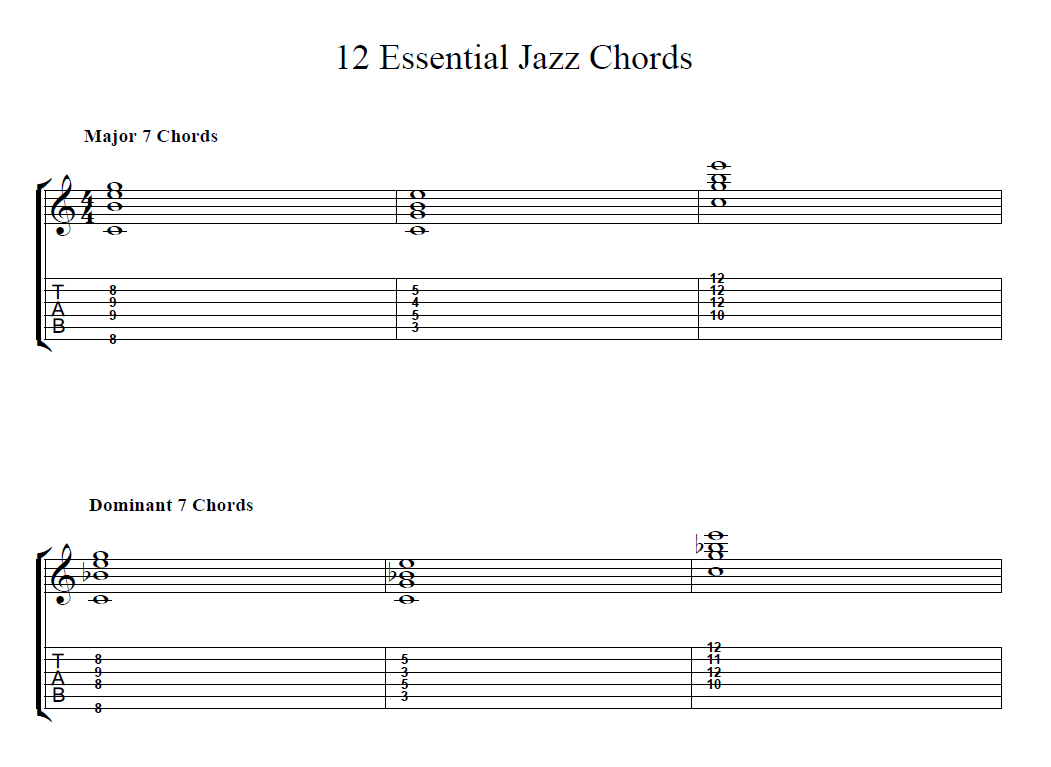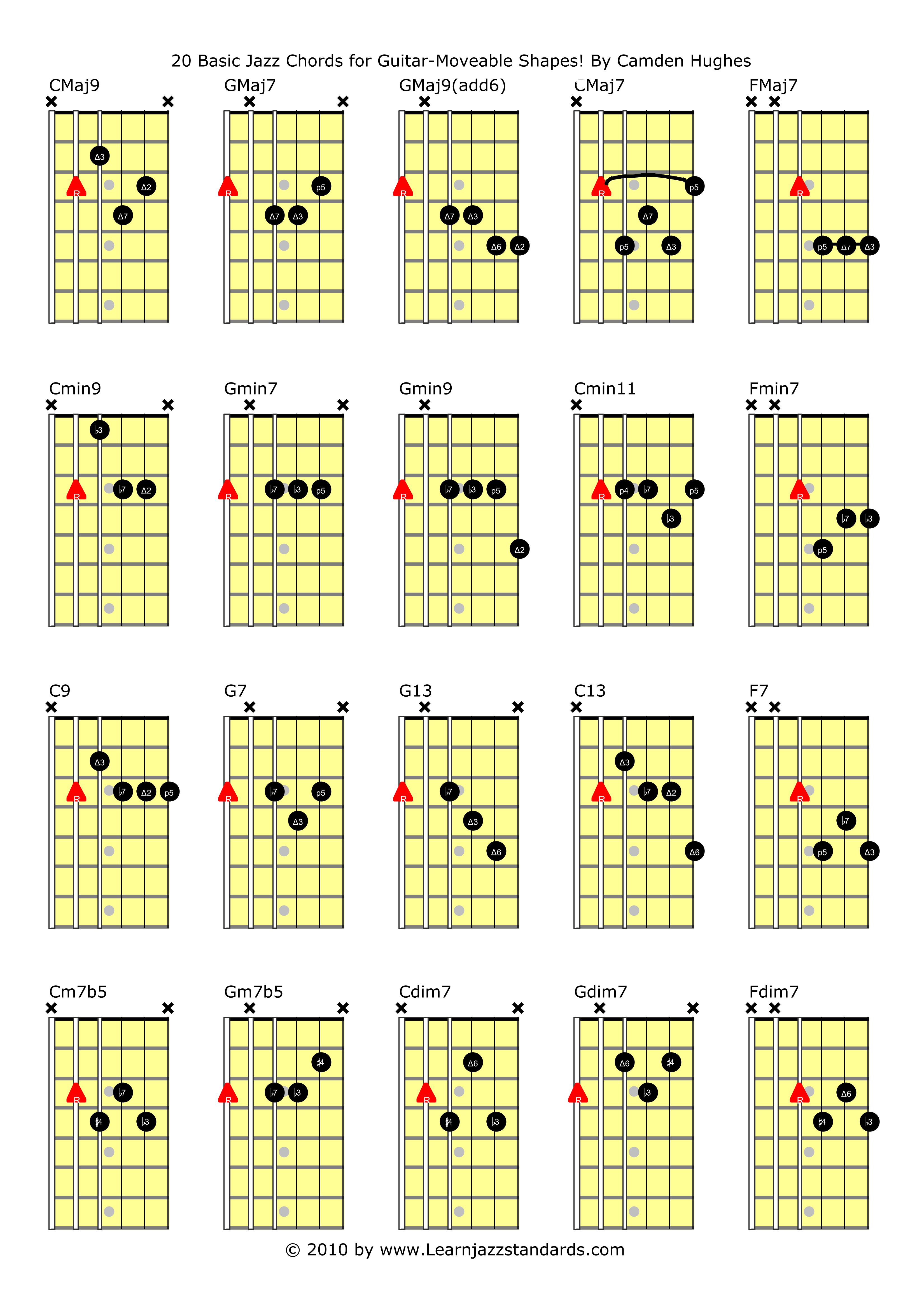

Narrow = pointer finger and ring finger on a string, separated by 1 empty fret Wide = pointer finger and pinky on a string, separated by 2 empty frets

Notice that ALL these scales are formed from a consistent ROTATING pattern of fingerings on each adjacent string, with a 1 fret *shift" apart between the 2nd and 3rd strings. Put an "m" on any chosen root note, and you are playing a minor pentatonic scale in that key: Put an "M" on any chosen root note, and you are playing a major pentatonic scale in that note's key. In these diagrams, the capital "M" designates the *Major* root note, and lower case "m" designates the *minor* root note. This text explains everything that's required to play over every type of "jazz chord", in every position of the fretboard, using only the common pentatonic scale fingerings.īelow are the 5 well known pentatonic scale fingerings. With just a little understanding and practice, those fingerings, techniques, and phrases can be instantly and easily put to use to play jazz solos. Most guitarists ingrain musical lead guitar techniques, fingerings and phrases, from the earliest stages of learning. The great benefit of learning to improvise jazz solos using the pentatonic scales is that the learning curve is reduced tremendously, compared to all the other traditional instruction methods. You can use the pentatonic scales, with a few added and/or changed notes, to play over every type of chord found in jazz tunes.
#Jazz gui tar chord practice pdf
(a downloadable PDF version of this document is available at )


 0 kommentar(er)
0 kommentar(er)
